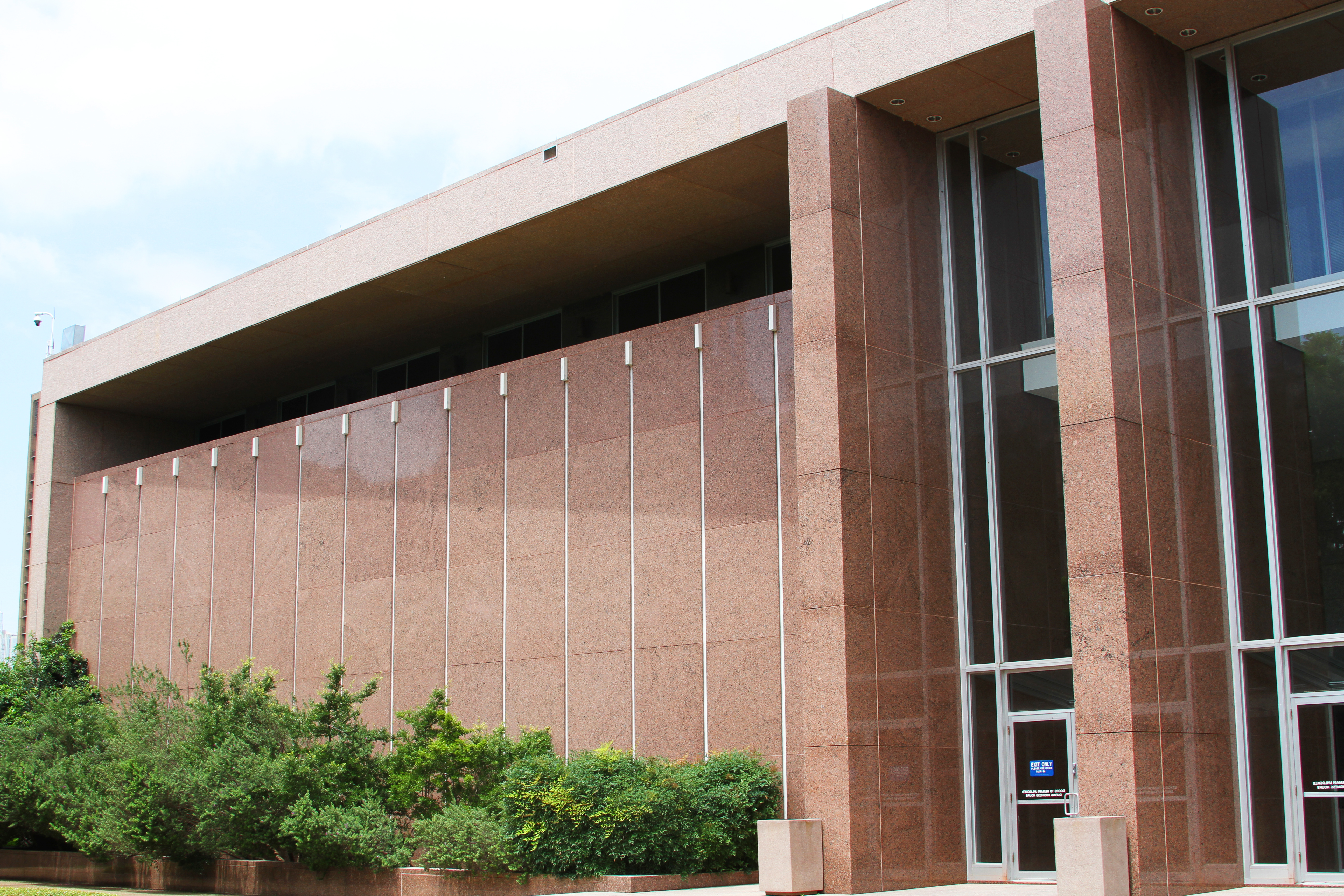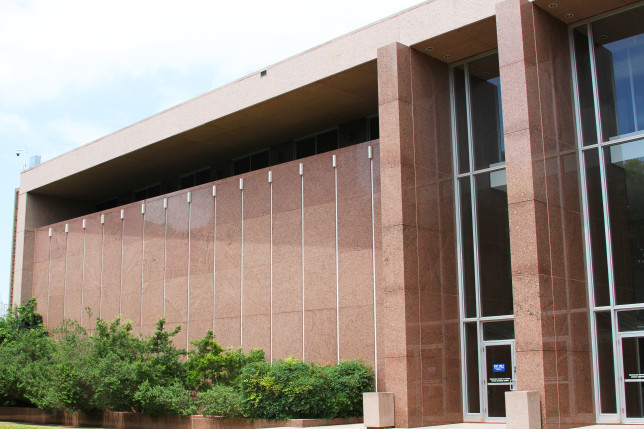Ex Parte Roberto Gonzalez De La Cruz
No. WR-76,781-01
Case Summary written by Luke Luttrell, Staff Member.
JUDGE ALCALA issued the opinion for the unanimous court.
Upon application for a post-conviction writ of habeas corpus, the court considered (1) whether a claim that the use of false testimony in a criminal trial violated the applicant’s due-process rights, and (2) whether the claim was subject to procedural default for failure to raise it earlier in the proceedings.
During trial for the murder of Jorge Pena, evidence suggested that (A) applicant shot Pena once, transported his body to a Baytown nature center and dumped it there, and (B) that Pena was shot at the nature center. The theory that Pena was shot and transported to the nature center was based on the eyewitness testimony of Torres. The theory that Pena was shot at the nature center was also based on the forensics testimony of Medical Examiner Dr. Paul Shrode. The jury found the applicant guilty of murder and the applicant’s conviction was affirmed on appeal.
The applicant applied for a writ of habeas corpus claiming post-conviction false-evidence. In support of his claim, the applicant presented an amended autopsy report from Deputy Chief Medical Examiner Dr. Wolf. The report established that two gunshot wounds to the head caused Pena’s death, and that he was probably shot at the nature center. The habeas court concluded that the state’s entire case against the applicant was based on false testimony by Torres. The existence of a second bullet wound established that the testimony was false, and therefore, the applicant was denied due process. The habeas court recommended a new trial.
The Court of Criminal Appeals first concluded that the applicant’s habeas claim was not procedurally barred because the grunt of his complaint was premised on new factual and legal bases that were not reasonably available during his trial or appeal.
The court next concluded that the applicant did not meet his burden of proving his false-evidence claim. An applicant must prove that (1) false evidence was presented at his trial and (2) the false evidence was material to the jury’s verdict. The court first found that the applicant failed to show that Torres’s claim was false. The court was not persuaded that the new evidence showing Pena was shot twice demonstrated Torres testimony was false. The court believed an alternative finding would improperly bypass the jury’s role in assessing the credibility of witness testimony and in resolving inconsistencies in evidence at trial. The court finally concluded that even if Torres’s testimony was false, the applicant failed to show that the false testimony was material. The jury was aware of inconsistencies with Torres’s testimony at trial and nonetheless chose to convict the applicant. Thus, the court found that any false evidence in Torres’s testimony did not tip the scales in the state’s favor.
Accordingly, the court held that the applicant’s due process rights were not violated and denied relief.


